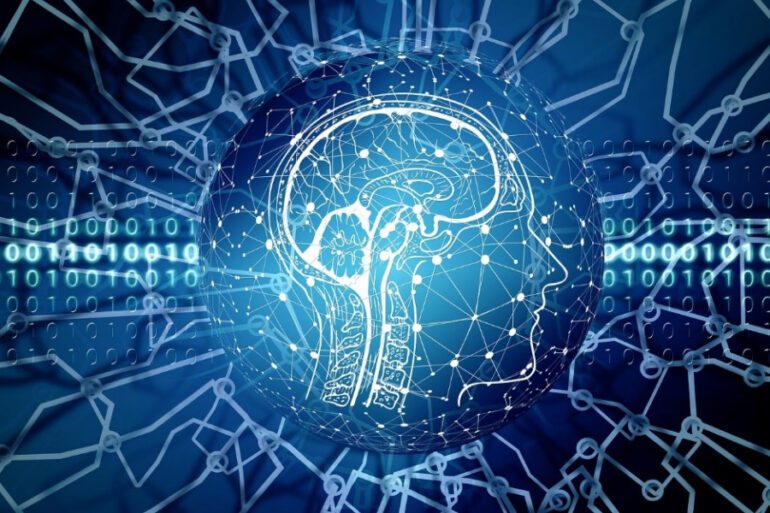TL;DR:
- Overfitting occurs when a model becomes too complex, capturing noise from training data and resulting in poor generalization.
- Underfitting happens when a model is too simple and fails to capture underlying patterns and complexity.
- Both overfitting and underfitting adversely affect model performance, with overfitting leading to high variance and underfitting causing high bias.
- Strategies to combat these issues include regularization methods, cross-validation, early stopping, and data augmentation.
Main AI News:
In the dynamic realm of machine learning, the quest for training accurate and resilient models is unrelenting. However, amidst this pursuit, two recurring challenges often impede model performance, casting a shadow of uncertainty: overfitting and underfitting. These two phenomena rear their heads during the training process, wielding the potential to profoundly impact a model’s ability to generalize and make precise predictions. In this exclusive feature, we shall delve into the intricacies of overfitting and underfitting, exploring their underlying causes, implications, and strategies to deftly mitigate their deleterious effects.
Understanding Overfitting: The Quandary of Excessive Complexity
Overfitting, the bane of machine learning, materializes when a model becomes entangled in an intricate web of complexity, capturing superfluous noise and inconsequential patterns from the training data. This excessive entwinement with the training set invariably leads to subpar performance when confronted with unseen data, as the model falters in its endeavor to generalize effectively. In our comprehensive analysis, we shall dissect the root causes of overfitting, shedding light on critical factors such as an inadequate volume of training data or an excessively intricate model architecture.
Uncovering Underfitting: The Perils of Simplicity
Contrary to its notorious counterpart, underfitting surfaces when a machine learning model falls short in capturing the fundamental patterns and complexities embedded within the data. It transpires when the model is bereft of the requisite sophistication or lacks the capacity to glean valuable insights from the training data. Our investigative journey shall traverse the diverse factors that contribute to underfitting, encompassing the model’s limited expressiveness and an insufficient number of training iterations.
The Ripple Effect on Model Performance: Consequences Unveiled
The ramifications of both overfitting and underfitting reverberate across the landscape of machine learning models, leaving an indelible imprint on their performance. Overfitting begets high variance, a state wherein the model becomes overly attuned to the idiosyncrasies of the training data, rendering it impotent in generalizing to novel data points. On the other hand, underfitting yields high bias, compelling the model to oversimplify the intricate relationships harbored within the data. Our profound analysis shall traverse the consequences of these detrimental issues and their profound implications for real-world applications of AI.
Strategies to Combat Overfitting and Underfitting: The Path to Equilibrium
To circumvent the pitfalls of overfitting and underfitting, the vast repertoire of machine learning offers an array of techniques and strategies that can be judiciously employed during the model training process. Our comprehensive exploration shall unravel the intricate tapestry of regularization methods, including the formidable L1 and L2 regularization, which introduce penalty terms to wield control over model complexity. Furthermore, we shall delve into the pragmatic deployment of techniques such as cross-validation, early stopping, and data augmentation, which serve as stalwart guardians against overfitting, amplifying model generalization. Expect practical insights and expert advice on the seamless implementation of these approaches.
Overfitting and Underfitting: Crucial Hurdles in Machine Learning
The meticulous understanding of the origins, consequences, and mitigation strategies surrounding overfitting and underfitting stands as a pivotal juncture in the trajectory of training machine learning models. By discerning the telltale signs of these afflictions and skillfully employing the appropriate techniques, practitioners can elevate the performance of their models, empowering them to make informed decisions and unlock the true potential of machine learning. It is imperative to strike a harmonious balance between model complexity and generalization, for therein lies the key to success. Armed with a profound comprehension of overfitting and underfitting, AI practitioners can confidently navigate the labyrinthine landscape of model training, spearheading advancements across diverse domains.
Conclusion:
The prevalence of overfitting and underfitting poses significant challenges in the machine learning market. It necessitates a thoughtful and strategic approach to model training, employing techniques such as regularization and cross-validation to strike a balance between complexity and generalization. By effectively addressing these challenges, businesses can enhance the performance and reliability of their AI systems, enabling more informed decision-making and driving advancements in various industries.

